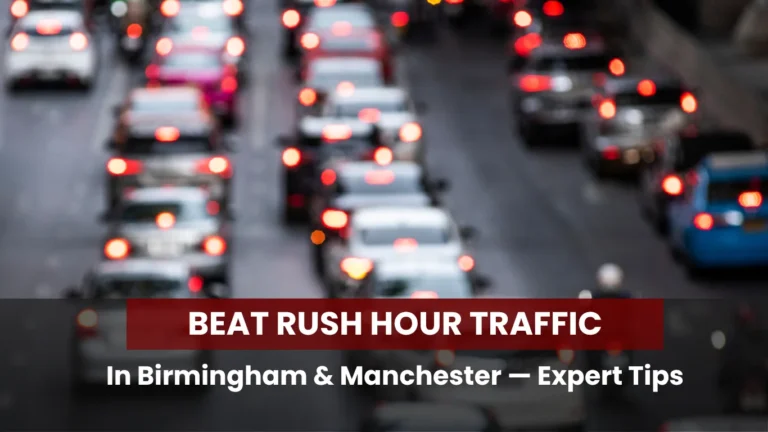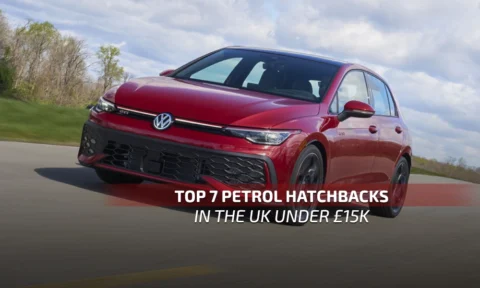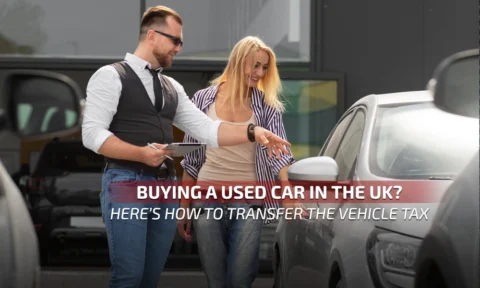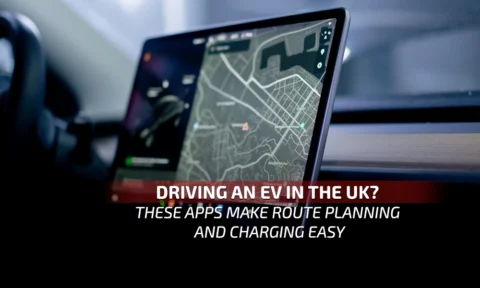Nothing kills a morning like being stuck on the A38 while the clock ticks down to your scheduled meeting. If you regularly battle rush hour traffic in Birmingham or rush hour traffic in Manchester, this guide is for you. It’s a practical playbook of tested tactics, local context, and expert-sourced tips so you can avoid traffic in Birmingham and Manchester. It’s the best way to beat rush hour traffic, UK style.
When traffic becomes a pain
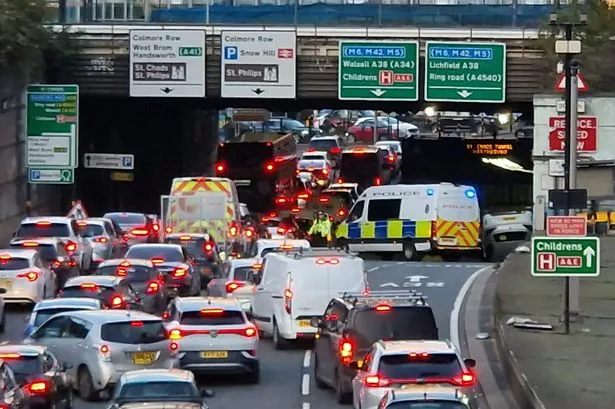
If you want to avoid traffic in Birmingham or Manchester, the first step is knowing the windows to dodge.
- In Birmingham, peak morning congestion typically shows up roughly from about 07:30 to 09:00, with evening peaks around 17:00 to 18:30.
- In Manchester, mornings tend to start a little earlier for heavy flows, around 07:00 to 08:30, and evenings peak roughly 17:00 to 18:00.
Those windows are when commuter volume, bus or taxi movements, deliveries, and school runs intersect with motorway feeder traffic, i.e., the M6/A38 into Birmingham and the M60/M62 corridors around Manchester. The TomTom Traffic Index and local transport strategies show that both cities suffer predictable congestion spikes during those periods.
What actually changes your commute
Below are some of the ways drivers in the UK’s busiest mid-sized cities, like Birmingham and Manchester, can enjoy the smoothest commutes. I’ll also tell you why and how you can go about each method so you can act fast.
1) Shift your time — the simplest power move
Wondering how to avoid rush hour traffic? If you can, avoid the absolute peak. Leaving 30–45 minutes earlier or later than the main window often takes huge chunks off your travel time. That’s your best time to drive in Birmingham, or if you prefer, the best time to drive in Manchester. Need evidence? Traffic data shows the worst slowdowns are concentrated in narrow windows; outside them, travel times fall dramatically.
How to do it:
- Try a one-week experiment changing your arrival time by 30–45 minutes.
- Use staggered working hours where possible. Many employers are now flexible post-pandemic.
2) Plan routes with live data — use the right apps
Sat-navs with live-traffic feeds reroute around any traffic incidents and jams. Turn on live traffic and alternative-route suggestions to dodge sudden jams: this is a simple way to avoid traffic in Birmingham or circumvent traffic in Manchester. You can use live traffic tools to reduce idle time and wasted fuel.
Use these Apps to monitor traffic:
- Google Maps or Waze for live re-routing.
- TomTom or Inrix for heatmaps and historical congestion patterns.
- Local traffic camera feeds for planning (Birmingham and Manchester council sites publish updates and alerts).
3) Use smarter corridors — know the reliable roads
City strategies from Birmingham and Manchester emphasize certain radial routes and the M60/M6’s influence on local flows. Some feeder roads and ring-road sections get blocked during peak hours. Learning the consistently reliable alternative corridors helps you beat rush hour traffic in the UK, wherever you may be. Local transport plans include recommended freight and bus priorities that change typical patterns. Hence, you need to be aware of bus lanes and delivery time bans.
What to watch for:
- Avoid routes that squeeze into the inner city centre during events or roadworks.
- Watch for business district delivery windows (mid-morning) and school-run hotspots.
4) Mix modes: park & ride, trams, trains, and bikes
If you’re within reach of a park-and-ride, Metrolink (Manchester), or frequent local trains, combining driving with a short public-transport leg often cuts total door-to-door time, especially into city centers. Manchester’s transport strategy explicitly promotes making public transport the attractive option during peak hours; Birmingham’s transport also encourages similar behavior shifts.
Practical combos:
- Drive to a suburban rail/Metrolink station with good car parking, then ride into the center.
- Use cycle hire or micromobility for the “last mile” if you’re close.
5) Time deliveries and errands outside peak hours
If you manage a small business, work from home, or coordinate family logistics, plan deliveries, pickups, and drop-offs outside the rush hours. Local councils actively promote shifting deliveries to non-peak times to reduce congestion. That means fewer vans during the worst hours — and smoother drives for everyone.
Driving tips for busy cities in the UK
These are quick, actionable driving tips for busy UK cities that local authorities and driving organizations recommend:
- Anticipate and smooth your speed. Avoid abrupt braking that leads to jams. Keeping gentle, consistent speeds prevents shockwaves in traffic.
- Use bus lanes legally when allowed. Some bus lanes allow taxis or cycles at certain times — know the signs.
- Don’t rely on “shortcuts” through residential streets during peak times; these can be slower and risk fines or disputes with locals.
- Turn off the engine if stationary for long periods. This saves fuel and reduces emissions.
Tactical checklist: a plan to beat rush hour
Follow this checklist every time you plan a peak-time trip:
- Check live traffic apps + local council alerts (30 min before departure).
- Confirm any events/roadworks on your route (council websites publish plans).
- Pick two alternative routes before you leave.
- Consider parking + public transport for the city-center leg.
- If unavoidable, pick a departure time outside the worst 30-minute window.
Local intelligence: Birmingham vs Manchester
Birmingham
Has more centralized radial flows (A38/M6) plus city-center roadworks that can rapidly change optimal routes. Birmingham’s transport planning is pushing active travel and strategic rerouting to reduce city-center car trips. Expect heavy traffic during 07:30–09:00 and 17:00–18:30.
Manchester
The M60 ring and M62 display the most dominant peak patterns. The Metrolink/rail capacity makes park-and-ride combos a strong option. Morning peaks may start slightly earlier between 07:00–08:30 due to wider commuter belts feeding into the city.
Tools & resources you can follow
- TomTom Traffic Index — for historical congestion levels and typical peak times. Great to understand patterns by city.
- GOV.UK congestion and travel time stats — official measures and reports on travel time reliability across the UK. Useful for planning and understanding structural congestion trends.
- AA driving advice — practical driving tips for heavy traffic and safety.
- City transport strategy documents (Manchester & Birmingham) — for planned changes, long-term projects, and local schemes that will affect routes.
Real-life commuter hacks
- Split trips: Run one errand in the evening when traffic is lighter rather than squeezing it into the morning rush.
- Use quieter cross-town routes: Even if longer in miles, they’re often faster in minutes.
- Flexible workplace arrivals: Companies that allow core hours (e.g., 10–3) reduce everybody’s peak pressure.
- Telegram/WhatsApp local groups: Many commuters share instant alerts about incidents on main routes—useful on tight corridors like the A34, A38, or M60 feeders.
FAQs
Outside of the main commuter peaks—so before 07:30 or after about 09:30 in the morning, and before 16:30 or after 18:30 in the evening—are generally better. TomTom and local stats confirm heavy congestion around 07:30–09:00 and 17:00–18:30.
Aim to avoid 07:00–08:30 and 17:00–18:00, because Greater Manchester has a large commuter catchment, and morning peaks can begin a bit earlier.
Use live-traffic routing, shift departure times, combine driving with public transport, and plan errands outside peak windows. GOV.UK and TomTom data both back these strategies as effective.
Currently, neither city operates a London-style daily congestion charge. Both councils have considered various charging and traffic management schemes historically, but local rules, LEZs (Low Emission Zones), and enforcement around emissions should be checked on council sites before travel.
Google Maps and Waze for live re-routing; TomTom and Inrix for city-specific congestion trends. The AA recommends enabling live traffic on your sat-nav for route alternatives to save time and fuel.
Final roundup — make it part of your routine
If you’re serious about beating the rush hour traffic in Birmingham and Manchester, treat your commute like a mini project:
- Check the data (TomTom/GOV.UK) occasionally to build your own “what to expect” calendar.
- Use live routing and have a plan B.
- Mix modes where it makes sense (park & ride, Metrolink, train).
Traffic won’t vanish overnight — city transport plans are pushing long-term improvements — but with a few consistent habits, you’ll spend less time stuck, more time where it matters, and you’ll know exactly how to beat rush hour traffic in the UK when you need to.
Don’t miss a beat in the auto world. Follow Ask About Cars for daily updates.


